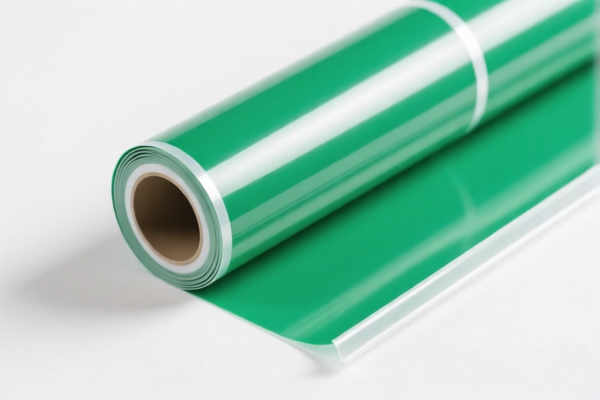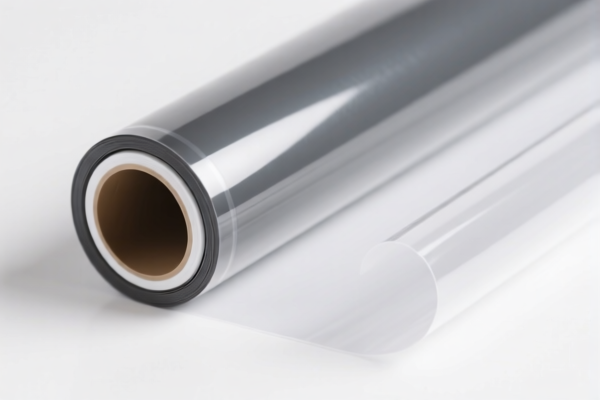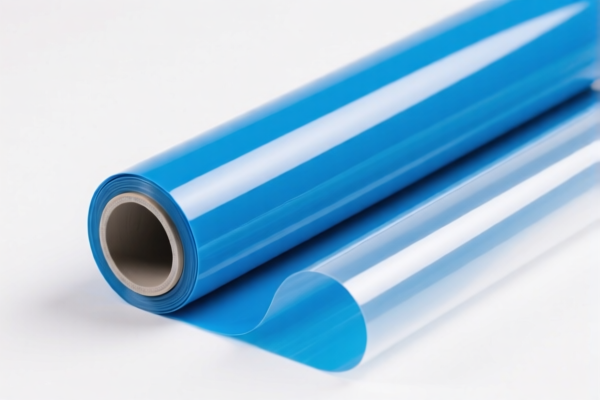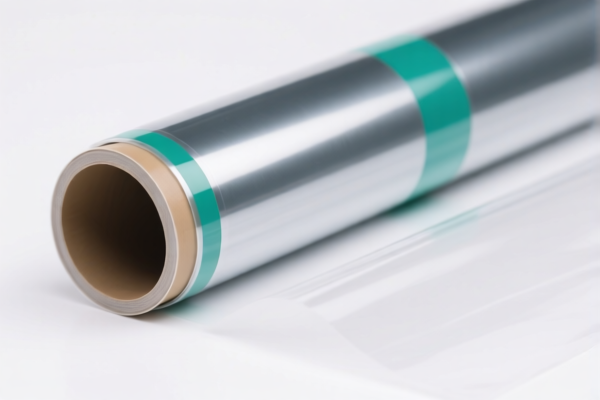| HS Code | Official Doc | Tariff Rate | Origin | Destination | Effective Date |
|---|---|---|---|---|---|
| 3920490000 | Doc | 60.8% | CN | US | 2025-05-12 |
| 3920991000 | Doc | 61.0% | CN | US | 2025-05-12 |
| 3919101010 | Doc | 61.5% | CN | US | 2025-05-12 |
| 3919101050 | Doc | 61.5% | CN | US | 2025-05-12 |




PVC Film
Polyvinyl chloride (PVC) film is a versatile plastic material widely used in a diverse range of applications due to its properties and cost-effectiveness.
Material Composition
PVC film is produced by polymerizing vinyl chloride monomers. Additives such as plasticizers, stabilizers, lubricants, and pigments are incorporated to modify its characteristics, resulting in flexible or rigid films with varying degrees of transparency, durability, and color. The amount and type of plasticizer significantly impact the film’s flexibility; films with higher plasticizer content are more pliable.
Purpose and Function
The primary function of PVC film is to provide a protective, decorative, or functional layer. It is valued for its:
- Water Resistance: Excellent barrier against moisture.
- Chemical Resistance: Resistant to many acids, bases, and oils.
- Durability: Offers good tensile strength and abrasion resistance.
- Cost-Effectiveness: Relatively inexpensive compared to other plastic films.
- Printability: Easily accepts various printing methods.
- Heat Shrinkability: Certain formulations can be heat-shrunk for tight packaging.
Usage Scenarios
PVC film finds application in numerous industries:
- Packaging: Food packaging (blister packs, clamshells), shrink wrap for bottles and containers, pharmaceutical packaging.
- Construction: Roofing membranes, window films, wall coverings, flooring.
- Advertising & Signage: Banners, decals, self-adhesive vinyl for vehicle wraps and displays.
- Labels & Stickers: Durable labels for various products.
- Medical Applications: IV bags, blood bags, tubing.
- Furniture: Covering for furniture surfaces.
- Automotive: Interior trim, protective films.
- Clothing: Rainwear, protective garments.
Common Types
PVC film is categorized based on its plasticizer content and intended application:
- Calendered PVC Film: Produced by passing PVC compound through a series of rollers. Commonly used for packaging, furniture coverings, and signage. Further sub-divided into:
- Flexible PVC Film: High plasticizer content, pliable and easy to bend.
- Rigid PVC Film: Low plasticizer content, more durable and less flexible.
- Cast PVC Film: Produced by spreading PVC compound onto a carrier film and then removing the carrier. Offers better dimensional stability and clarity, often used for high-quality signage and graphics.
- Self-Adhesive PVC Film: Calendered or cast film with an adhesive layer on one side for easy application.
- Heat Shrink PVC Film: Formulated to contract tightly when heated, commonly used for packaging bottles and other products.
- Transparent PVC Film: Clear film used for packaging, protective covers, and displays.
- Colored PVC Film: Pigmented film available in a wide range of colors for decorative and identification purposes.
- Magnetic PVC Film: PVC film laminated to a magnetic substrate for creating magnetic signs and labels.
PVC film, typically composed of polymers of vinyl chloride, falls under several classifications depending on its characteristics and application. Here's a breakdown of relevant HS codes based on the provided information:
-
3920.49.00.00: This HS code covers “Other plates, sheets, film, foil and strip, of plastics, noncellular and not reinforced, laminated, supported or similarly combined with other materials: Of polymers of vinyl chloride: Other”. This is a broad category for PVC film not specifically detailed in the subsequent subheadings.
- 39: Chapter 39 covers plastics and articles thereof.
- 20: Heading 39.20 specifically relates to plates, sheets, film, foil and strip of plastics.
- 49: Subheading 39.20.49 covers other PVC plastics.
- 00: This further specifies the classification.
- Tax Details: The base tariff is 5.8%, with an additional tariff of 25.0%. After April 2, 2025, the additional tariff increases to 30.0%, resulting in a total tariff of 60.8%.
-
3920.99.10.00: This HS code covers “Other plates, sheets, film, foil and strip, of plastics, noncellular and not reinforced, laminated, supported or similarly combined with other materials: Of other plastics: Of other plastics: Film, strip and sheets, all the foregoing which are flexible: Over 0.152 mm in thickness, and not in rolls”. This applies to flexible PVC film exceeding 0.152 mm in thickness and not supplied in rolls.
- 39: Chapter 39 covers plastics and articles thereof.
- 20: Heading 39.20 specifically relates to plates, sheets, film, foil and strip of plastics.
- 99: Subheading 39.20.99 covers other plastics.
- 10: This further specifies flexible film, strip and sheets.
- 00: This further specifies the classification.
- Tax Details: The base tariff is 6.0%, with an additional tariff of 25.0%. After April 2, 2025, the additional tariff increases to 30.0%, resulting in a total tariff of 61.0%.
It is important to determine the thickness and form (rolls or flat sheets) of the PVC film to select the correct HS code.
Customer Reviews
No reviews yet.